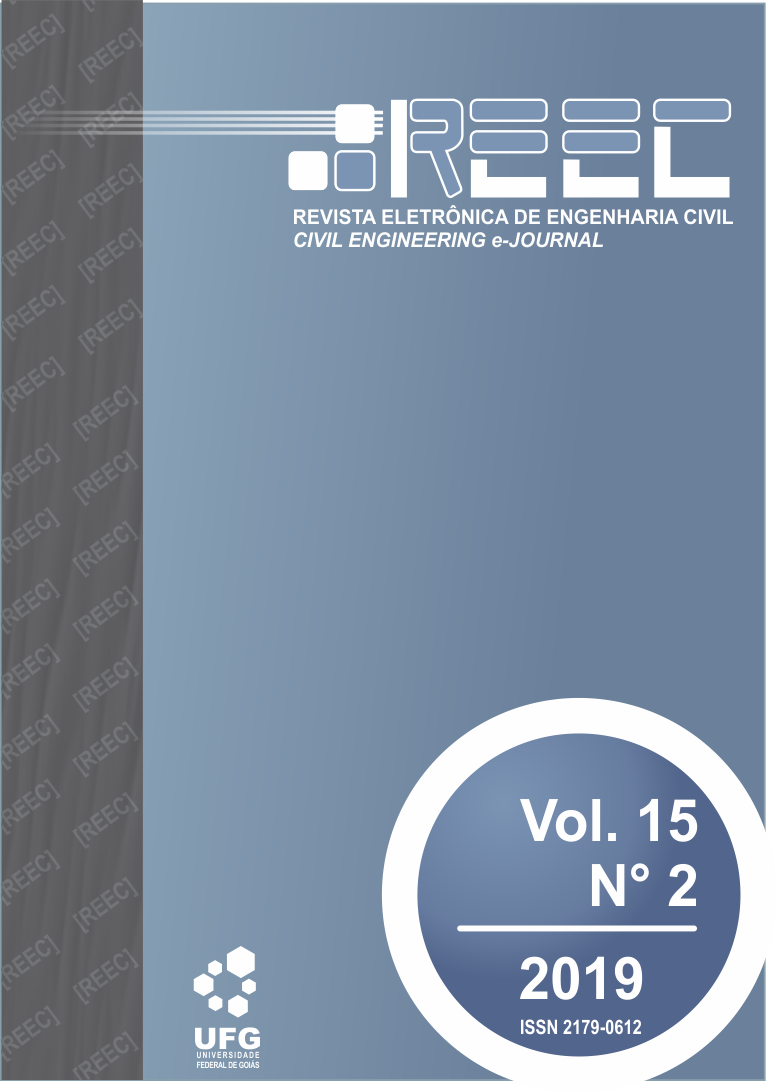EXPERIMENTAL STUDY OF PERFORMANCE FLOOR PERFORMANCE AS AN ALTERNATIVE OF SURFACE FLOW REDUCTION IN URBAN AREAS
DOI:
https://doi.org/10.5216/reec.v15i2.61831Abstract
ABSTRACT: The process of urbanization of cities without the adequate planning of land use causes a growing waterproofing of this, leading to constant floods in urban centers. It is understood that traditional drainage systems solve only part of the problem, as they do not act on causes but only on the effects. In this sense, the present work aims to evaluate the performance of the permeable pavement in relation to the infiltration capacity of rainwater, aiming at reducing surface runoff in urban areas; for this, the simulation was performed rains to obtain the flow through the Palmas-TO precipitation equation, where it was possible to measure infiltration and flow parameters; blocks were also produced and tested in porous concrete to assess their ability to infiltrate. In the simulation carried out on the permeable pavement in interlocked blocks it was observed that precipitation was absorbed in the initial 9 minutes; already in the simulation carried out on the leaked blocks it was noticed that in this practically no surface runoff occurred. The porous concrete blocks demonstrated an excellent infiltration capacity, managing to accommodate 7.2 liters inside, which means an instant infiltration of 7.2mm of rain.
Downloads
Downloads
Published
How to Cite
Issue
Section
License
Autores que publicam nesta revista concordam com os seguintes termos: Autores mantém os direitos autorais e concedem à revista o direito de primeira publicação, com o trabalho simultaneamente licenciado sob a Licença Creative Commons Attribution que permite o compartilhamento do trabalho com reconhecimento da autoria e publicação inicial nesta revista.
![[REEC] Revista Eletrônica de Engenharia Civil](https://revistas.ufg.br/public/journals/30/pageHeaderLogoImage_pt_BR.png)



